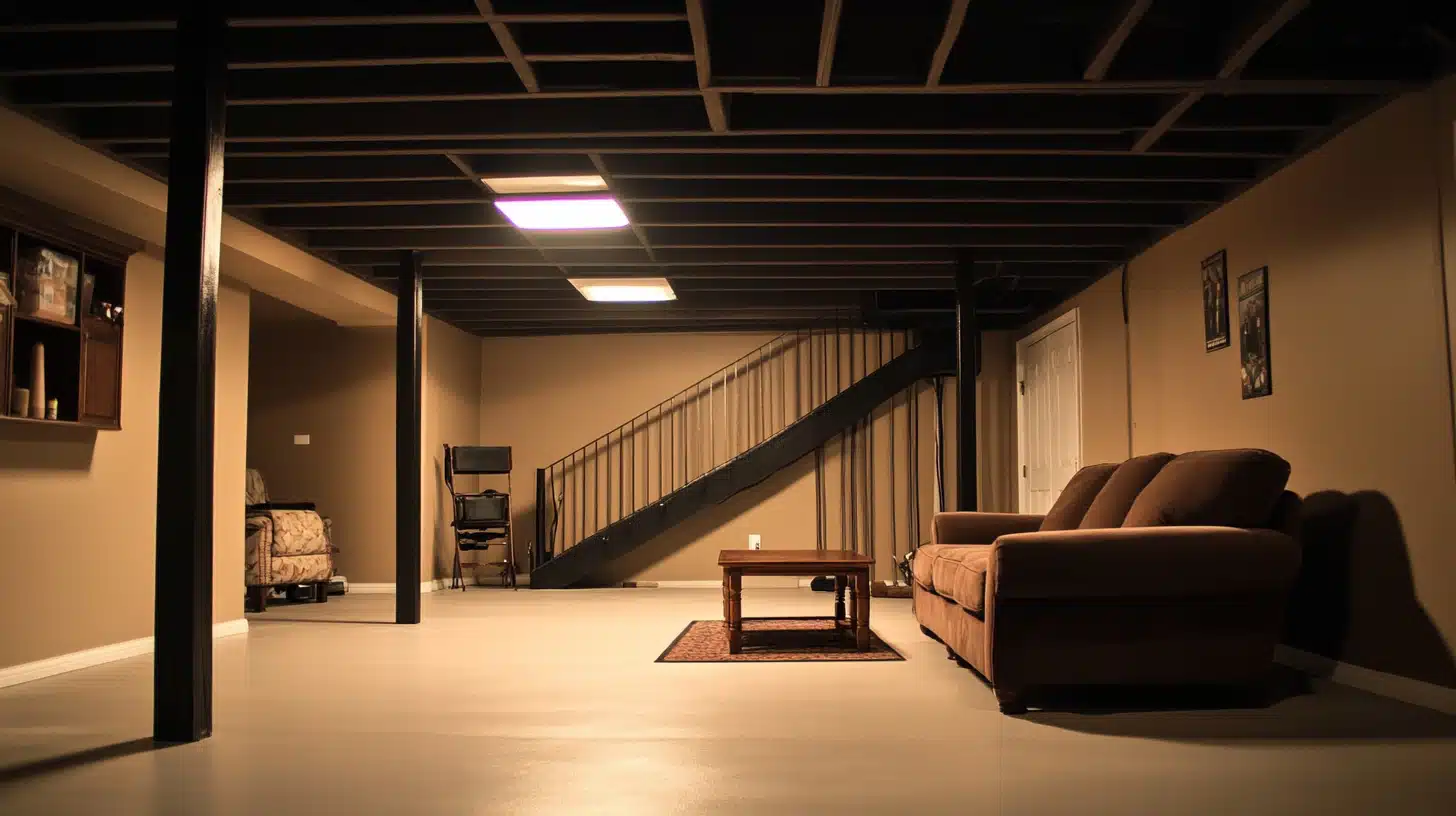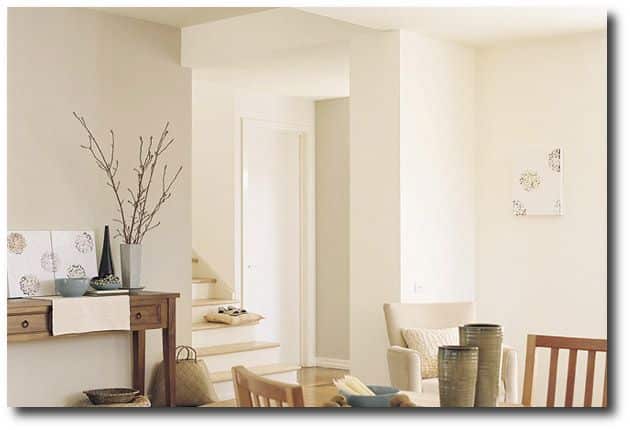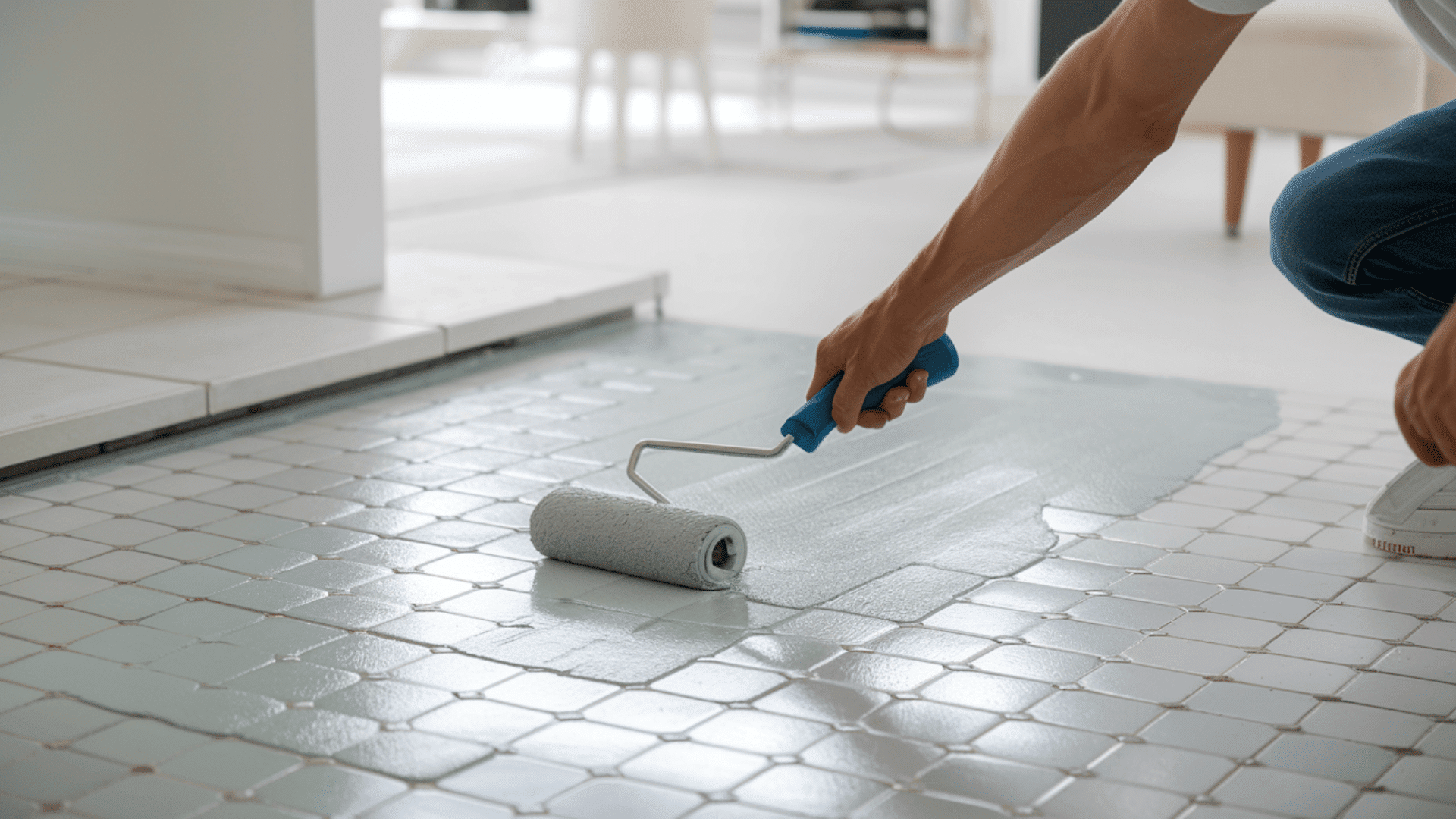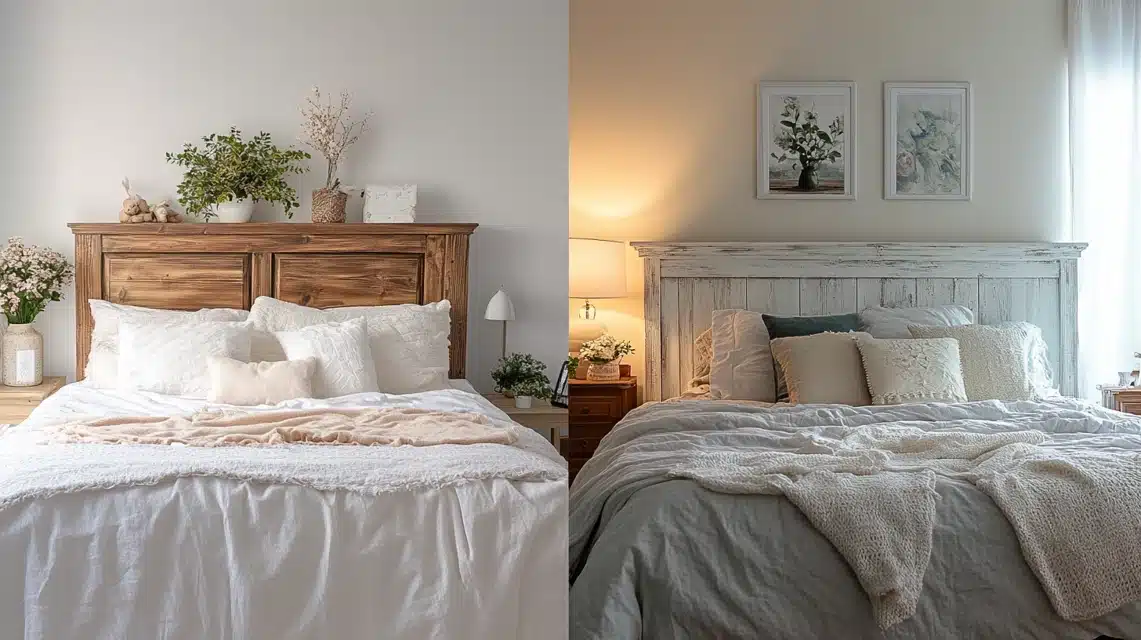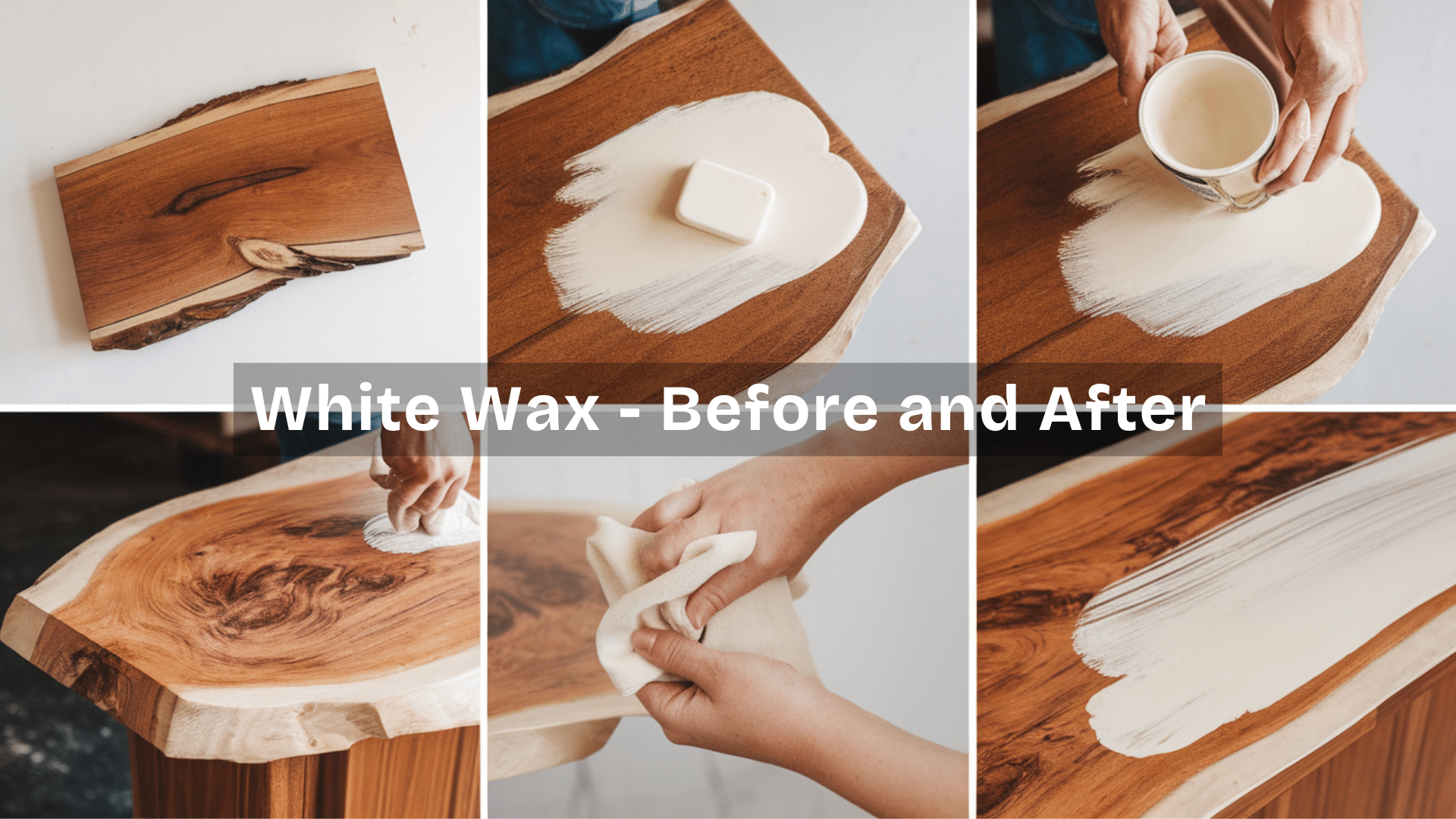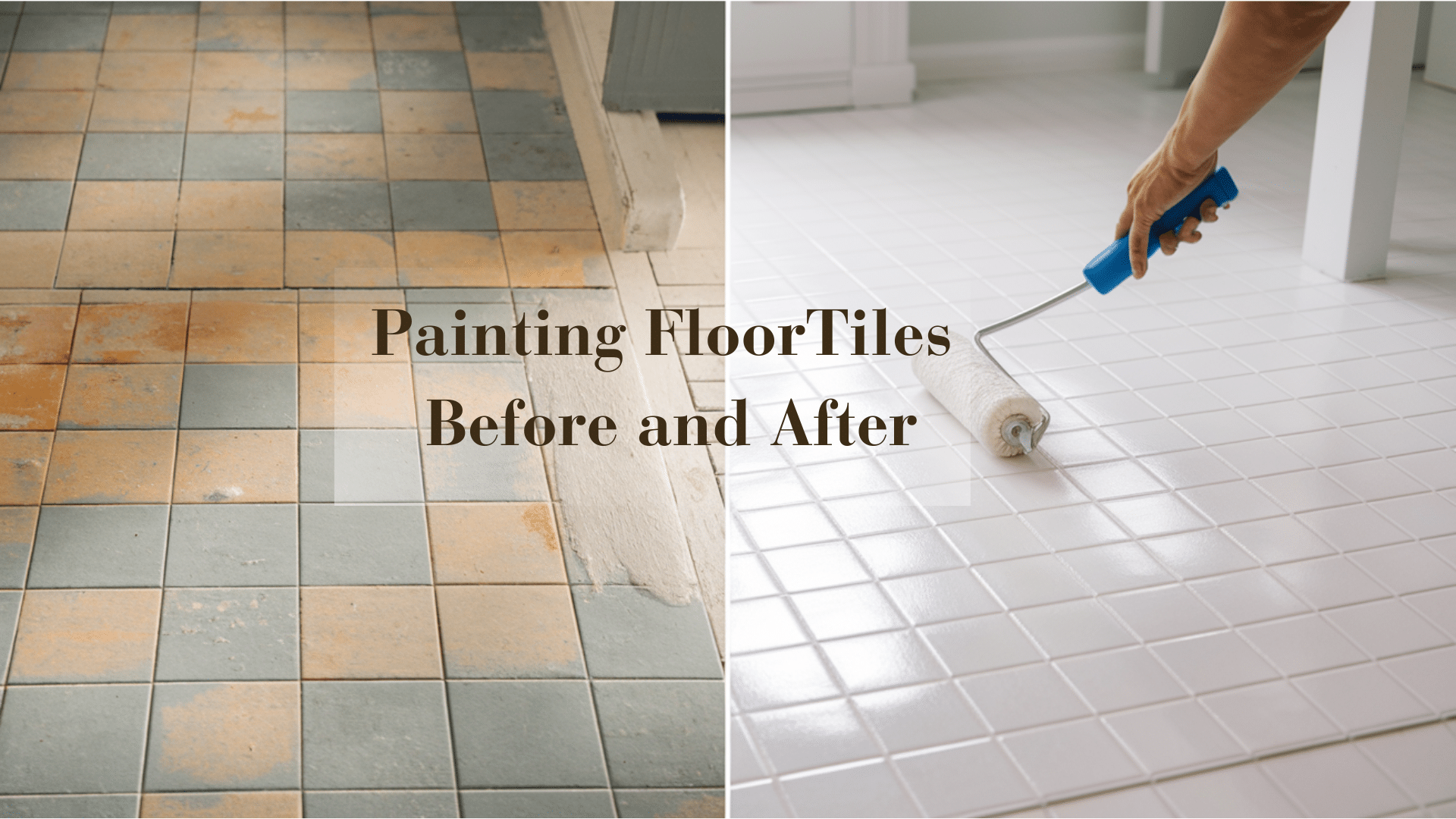5 Steps for Painting Your Basement
When looking to expand the living space, homeowners often embark on home improvement projects which mostly include basement renovation. However, turning a dark and neglected basement into a warm inviting place requires keenness in painting.
Renovating dark and often ignored basements needs a lot of well-laid plans before the execution can take place, mostly with regards to colouring them. This is because; such spaces do have unique environmental challenges such as more humidity levels as well probable moisture content concerns that require special attention during colouring job performances.
Painting your basement properly is not only about its aesthetics but will also shield the walls against dampness thereby ensuring durability in your remodelling endeavours.
In this guide; we focus on five crucial tips for painting your basement. Whether you are an enthusiastic person who likes doing things their way or you are planning on engaging experts for this task; these insights will enable you to have an excellent finish that not only enhances its beauty but also adds up to its general strength and comfortability.
To ensure that your basement painting project becomes successful; we will take you through a step by step process of achieving this end from preparing the surface to choosing the right type of paint.
This post will show you the five steps to follow while painting walls during your basement renovation.
1. Proper Surface Preparation

Assessing Wall Condition: Cracks, Mould, Moisture
Checking the Walls of Moisture, Cracks, Mould Proper surface preparation is essential for any successful basement painting job. There are usually such environmental problems as cracks, mould, and moisture in basements that make it impossible to paint over without first dealing with them .
The first thing you should do is examine these walls for damages. Cracks can be filled using strength fillers, while mould should be treated with a fungicide so as not to come back again later on. Then again another big issue is water; the very basis of this should be identified so as to avoid future damage on paint.
Primers the Concrete and Drywall Surfaces
After repairing and cleaning the walls, the next step involves applying an appropriate primer. It is important to note that priming provides an even glue-like surface for painting. For purposes of blocking out water from penetrating through them into interior spaces, brick surfaces need specific types of elixirs that are meant just for this purpose alone .
As for sheetrock walls, they need a quality paint that hides defects while allowing for smooth painting application. Painting enhances the appearance of your building by covering certain areas and remaining effective for a longer period.
Stripping off Old Paint and Surface Preparation
In case the basement walls had some previous painting, it is necessary to remove drying or cracking off part of the artwork so as to get a uniform application in future. A scraper will typically scrape off any loose paint before slight sanding blends edges into the old substrate properly without textural differences.
Dust and dirt should also be removed from the surface of these walls before the application of a new elixir or paint to ensure that they adhere well resulting in duration as well as better looks. The only way to achieve good painting works in your basement that will last a long time and look appealing is through proper preparation like this.
2. Choosing the Right Paint
Moisture-Resistant Paints for Basements
Basement areas in general tend to have high levels of humidity and potential water invasion, hence the need for paints resistant to moisture.
These types of paints have a special formula that allows them to remain intact despite having different forms of wetness from around reducing chances such as peeling off, blistering out or even getting moulds infected by providing such corrosion resistance within them.
To make them durable look out for their descriptions shown on mildew proof containers or where applicable classed as high humidity areas similarly.
Epoxy vs. Latex Paints: Which Is Better?
Paint selection is crucial when painting your basement, since you need to decide whether you will use epoxy or latex paint. In terms of durability, epoxy is the most appropriate choice as it withstands chemicals and moisture excellently on concrete walls and floors.
However, its application may be difficult at times. Conversely, latex paints tend to be easy to use and have some degree against water. It is specifically meant for dry walls giving an elastic finishing that is good for places prone to temperature fluctuations.
Using Low-VOC Paints in Basement Environments
Considering indoor air quality is paramount especially when dealing with enclosed spaces such as basements. Inhabitants of Low-VOC (Volatile Organic Compounds) paint emits less poisonous fumes making them healthier paint to use indoors.
Development of these paints has made them both eco-friendly and safer alternatives without affecting their performance in any way over the years hence increasing quality or even durability. Lower-VOC or no-VOC paints should always be used in areas that have poor ventilation during painting activities like basements, where they will less irritate the lungs or any other part so as to maintain cleaner air for people living there.
3. Technical Aspects of Basement Painting
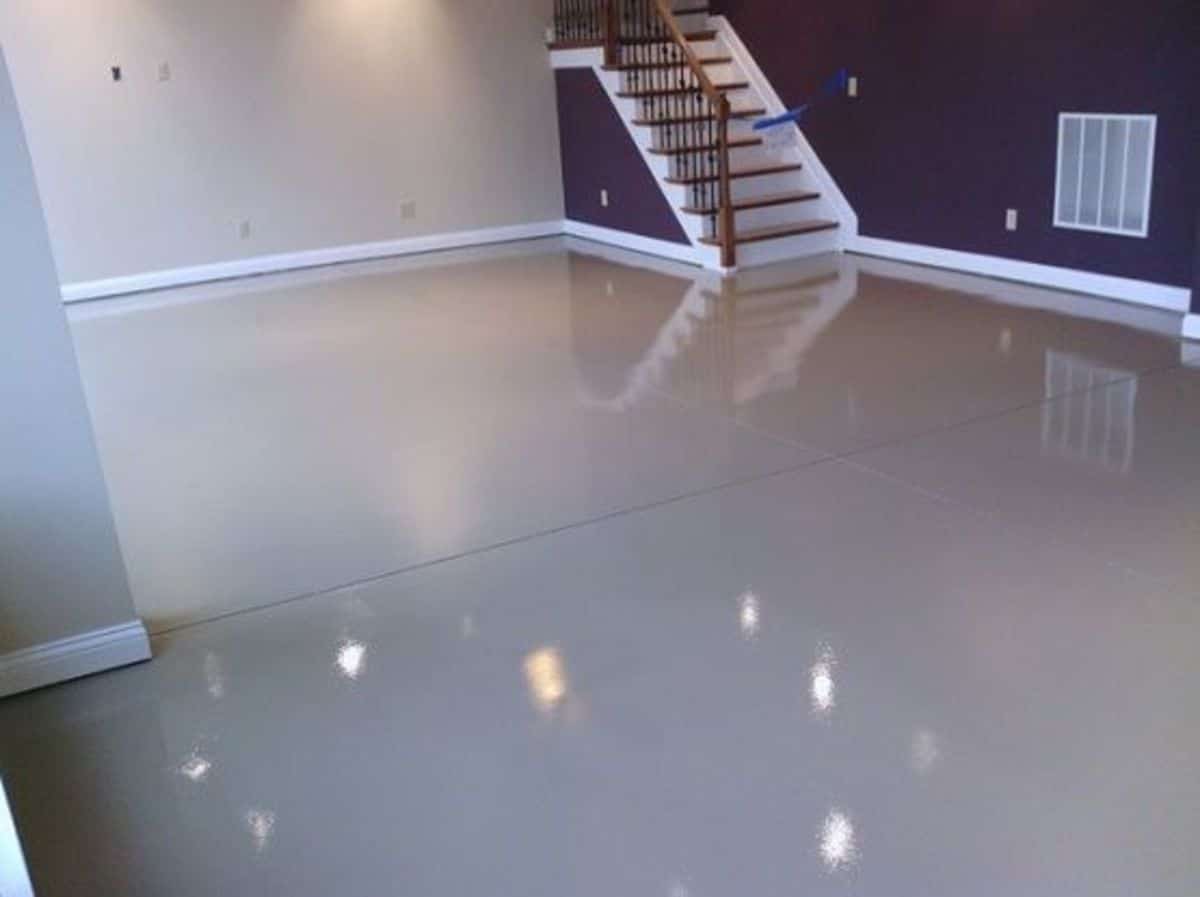
Techniques for Painting Concrete Walls
Techniques on how you can paint walls which are made of concrete necessitates some specific techniques so as they can have durable and fresh appearance this can as well be harder when they are in the basement.
Scrutinise the surface first to remove all dirt if there is any after which use masonry primer, especially meant for cemented ones in order to cover holes thus preventing dampness from seeping through them among other purposes.
Use paint brush rollers charged with liquid colour as well as small divisions so as not to make any unprinted spots during its application at a time when robots are increasing day by day.
Special Considerations for Drywall Painting
When a piece of art drywall in the basement make sure that you take into account some special aspects. So as to cover existing stains use a primary stained wood blocker to cover them up. In order to cater for this, it is important that you ensure that you have enough drying time between coats because the first coat always dries out faster than the second one. Here is where bubbles occur depriving you of a clean and neat job.
Using Sealants and Protective Coatings
Sealants plus protective coatings – key requirements for basement finishing. Also after you’re done painting, it might be important to apply waterproof sealant on the walls of concrete for extra protection from being exposed to wet conditions.
The very same paint can be enhanced by use of topcoat in circumstances where there might be more movements which might lead to damage or else when people might touch them on purpose. This additionally ensures that your colours are maintained over a long time and serve other uses that you intended it for.
4. Selecting the Best Colors
Lighting and Colour Choice: Creating a Cosy Space
Lack of natural light is a common challenge in most basements and hence a critical aspect in choosing the paint colour to create a warm and welcoming feel. Such hues as light greys, soft whites, and pale blues have been known to play a role in bouncing off what is already available thereby making such areas appear lively.
But this may not be the case if you are lucky enough to have a basement that is well lit. Some darker and more vibrant colours are also worth trying when it comes to adding some heat within your room especially if you think about turning it into a cosy place for yourself or friends.
Popular Color Palettes for Canadian Basements
In Canada, the utilisation of basements as living spaces implies that the colour scheme chosen can greatly affect the atmosphere in the room. Among the preferred neutral colours for flexibility and a match with different decor styles include beige, taupe, and soft grey.
The choice of warm or cool undertones is what makes it possible for these three shades to blend well together while being accented differently based on particular moods. Besides; earthy tones are also being employed which gives rooms an organic feel keeping everything simple hence making one feel comfortable away from the world outside.
How Color Affects Perception and Comfort
Influencing our perceptions of space and comfort within it are colours, which have a profound impact on both. Where lighter colours make small or low-ceilinged basements seem bigger, darker ones can increase their depth and sense of closeness.
Also, the psychological impact of colour should be noted: blue and green are calm colours, while red and orange tones are warm and bring energy to a room. It is important to combine these considerations when choosing the colours that will work best with your basement, balancing their visual appeal against how well each enhances its use.
5 When to Hire Professionals
Benefits of Professional Painting Services
If you hire professional painters to paint your basement, like EasyBasement you can benefit in different ways. This is because they have skills in choosing the right product, preparing the surface and applying it so that it will look good for many years.
Besides, they use special tools and materials that make things easier thereby speeding up the process. They are also well acquainted with dealing with moisture control or difficult surfaces which are hard in a DIY manner.
Evaluating Cost and Project Timelines
An important consideration, when you are thinking about professional painting services, is the issue of the prize. Though it might end up costing more than doing it yourself, the outcome can last long and quality is assured. Moreover, the contractor normally takes less time than the proprietor while adhering strictly to the time frame.
In case you need a basement renovation done as part of a comprehensive homestead make-over that has a very condensed timeline, then this is it.
Overview of Canadian Quality Standards for Painting
Professional painters working in Canada are supposed to meet high standards of quality and safety. In other words, they must make use of products that are in line with the building codes as well as environmental laws of this country. Here, we are talking about low-VOC paints that play a crucial role in maintaining an indoor air quality that is good for protection against health risks.
As such, professionals should be conversant with the latest industry practices and techniques as they ensure that the whole process is completed as expected. By seeking services from such painters it becomes possible for you to have your basement painted while adhering to these strict regulations thereby achieving an attractive finish that is able to last longer.
Conclusion
Numerous elements have to be considered when painting your basement beyond just choosing the paint colour and putting it on the wall. It necessitates thoughtful consideration, prepping the proper surface, and identifying the appropriate solutions for the peculiar challenges of the basement such as dampness and dim illumination.
With the instructions provided in this guide, one can obtain an enduringly beautiful surface that enhances both the aesthetics and utility in your cellar. Doing it correctly with professionals or on your own determines whether these results last years beyond versus taking short-cuts now only to regret later on!

